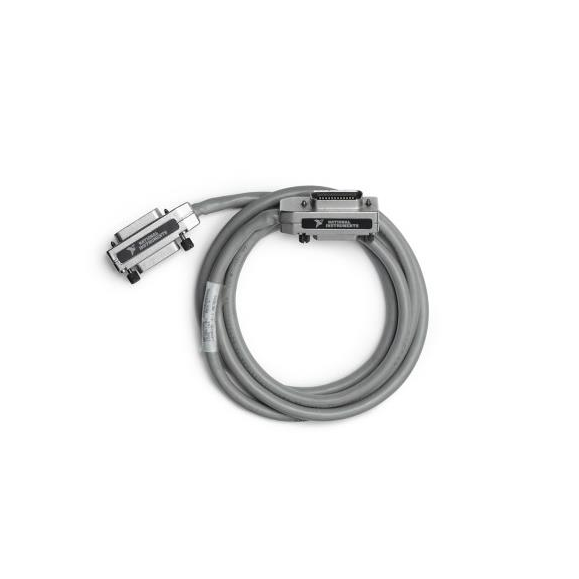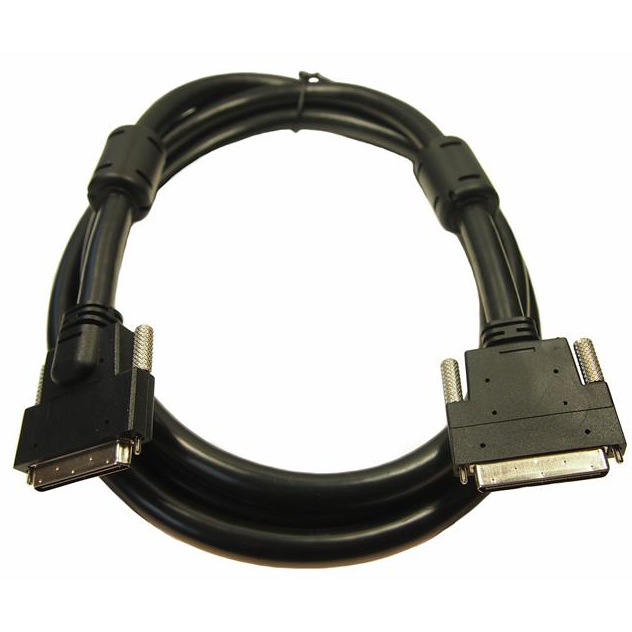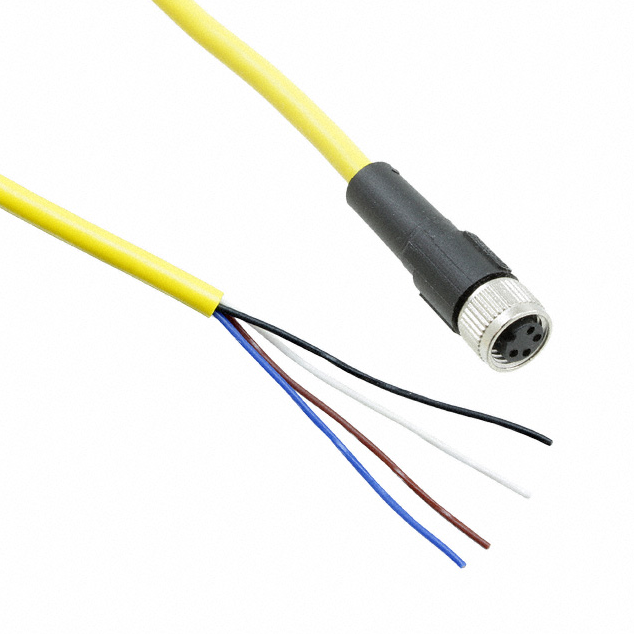Keeping progressing, Pursuing integrity, Embracing future
BLOG
Durability testing is an important means of evaluating the reliability and lifespan of connecting wires in long-term use. The following are several common methods for testing the durability of connecting wires
:
1. Insertion and extraction force test
Purpose: To verify whether the insertion and extraction force of the connecting wire meets the product specification requirements.
Method: Fully insert or remove the connecting wire at the specified speed, and record the corresponding force value.
Reference standard: EIA-364-13.
2. Durability testing
Purpose: To evaluate the impact of repeated plugging and unplugging on connecting wires and simulate the plugging and unplugging conditions in actual use.
Method: Plug and unplug the connection cable continuously at the specified rate until the specified number of times is reached.
Reference standard: EIA-364-09.
3. Mechanical impact testing
Purpose: To verify the impact resistance of the connecting wire and its components, and evaluate whether their structure is firm.
Method: Use mechanical impact testing equipment to apply specified impact waveforms (such as half sine waves and square waves) to the connecting wires, and record the tolerance of the connecting wires
.
Reference standard: EIA-364-27.
4. Vibration testing
Purpose: To verify the effect of vibration on the performance of connecting wires and their components.
Method: Use a vibration test bench to apply random or sinusoidal vibration to the connecting wire, and record the performance changes of the connecting wire under vibration conditions
.
Reference standard: EIA-364-28.
5. Temperature cycling test
Purpose: To evaluate the performance stability of the connecting wire under temperature changes.
Method: Cycle the connecting wire between high and low temperatures and record the performance changes of the connecting wire
.
6. Damp heat test
Purpose: To evaluate the performance stability of the connecting wire in humid environments.
Method: Place the connecting wire in a high humidity environment and record the performance changes of the connecting wire
.
7. Salt spray test
Purpose: To evaluate the performance stability of the connecting wire in corrosive environments.
Method: Place the connecting wire in a salt spray environment and record its corrosion resistance
.
8. Distortion life test
Purpose: To simulate the durability life of the device under twisting action during use.
Method: Fix one end of the connecting wire in the twisting fixture and place the other end floating in the fixed fixture. Set the torque value, and the motor drives the twisting fixture to rotate in both directions. Record the durability life of the connecting wire
.
Inquiry
LATEST BLOGS
INQUIRY
RELATED PRODUCTS
 How to evaluate the reliability of connecting wiresRCD has over a decade of experience in the assembly of cables and connectors required for outdoor harsh environment equipment.
How to evaluate the reliability of connecting wiresRCD has over a decade of experience in the assembly of cables and connectors required for outdoor harsh environment equipment. How does the wiring harness perform in extreme environmentsRCD has over a decade of experience in the assembly of cables and connectors required for outdoor harsh environment equipment.
How does the wiring harness perform in extreme environmentsRCD has over a decade of experience in the assembly of cables and connectors required for outdoor harsh environment equipment. How to evaluate the lifespan and reliability of wire harnessesRCD has over a decade of experience in the assembly of cables and connectors required for outdoor harsh environment equipment.
How to evaluate the lifespan and reliability of wire harnessesRCD has over a decade of experience in the assembly of cables and connectors required for outdoor harsh environment equipment.




